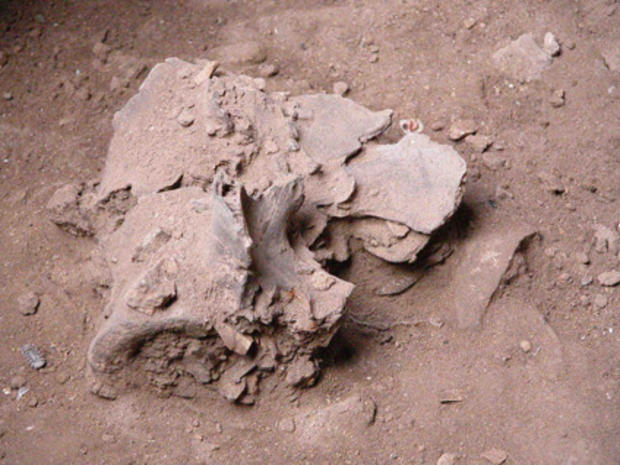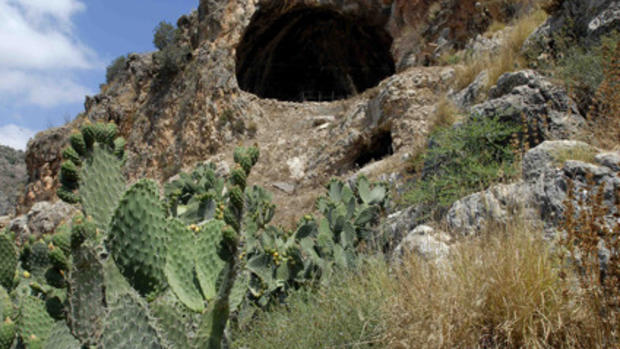12,000 Year-Old Feast Remains Discovered in Israel
Turns out that humans have a taste for barbecues that go back a while. Quite a while.
Scientists have found the remains of a 12,000 year-old burial site in Israel that contains the remains of butchered cattle and 71 tortoises. Though feasting went on during the early agricultural societies of the Neolithic era, scientists have been unable to find convincing evidence that it went on in pre-Neolithic times. Until now.
A report published in the Proceedings of the National Academy of Sciences reports on evidence left over by the locals at a site called Hilazon Tachtit in Israel's Lower Galilee. Archeologists working at Hilazon Tachtit found remains of a feast where the main dishes included wild cattle and tortoises. They also uncovered structures that were apparently used for burial and feasting activities. The meat remains came from aurochs, which were ancestors of domestic cattle. Back then, aurochs also qualified as one of the bigger and more dangerous animals for hunters. Many of the tortoise remains found placed within the grave of a woman thought to be a shaman, according to co-author Natalie D. Munro, an archeologist who teaches at the University of Connecticut.
The evidence turned up at the site suggests that the site was connected to cult use where community members would arrive to participate in rituals to commemorate the burial of the dead. At least 28 people were buried there and Munro described the structures as being too small to be used for daily habitation, further evidence of the site's special status.
Although feasts played a central role in ritual events across throughout history - it's believed to be associated with the emergence of modern human behavior - scientists don't have an exact idea when the practice first emerged. What's particularly interesting to researchers, though, is the evidence pointing to the emergence of the practice coming into vogue just as humans began to make the transition from the hunter-gatherer stage to an era where agriculture would provide most of their food needs.
"This was just at the very beginning of that process," according to Munro.

